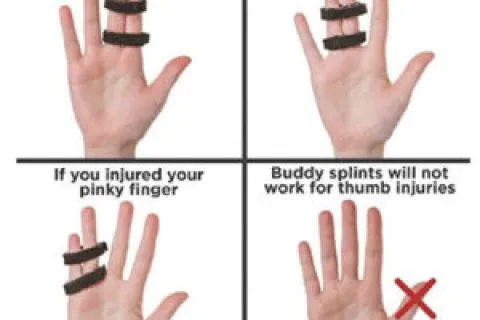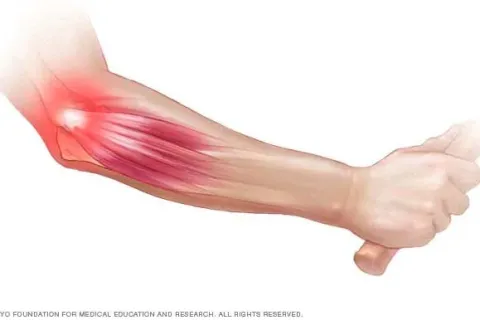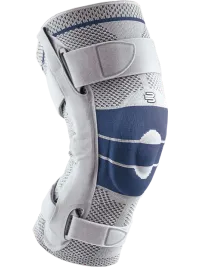
Elbow
Elbow Anatomy
How the Elbow Works (And Why It Matters)
Your elbow may not get much attention—until it hurts. But this hardworking joint plays a big role in just about everything you do. Whether you're reaching, lifting, typing, throwing, or wrangling groceries (or grandkids), your elbow is behind the scenes making it happen.
At OrthoSouth, we believe the better you understand your body, the better you can care for it. So let's break it down:
Your elbow is where three bones meet: - The humerus (upper arm) - the radius (forearm, thumb side) - the ulna (forearm, pinky side). These bones form a hinge-like joint that lets your arm bend, straighten, and rotate.
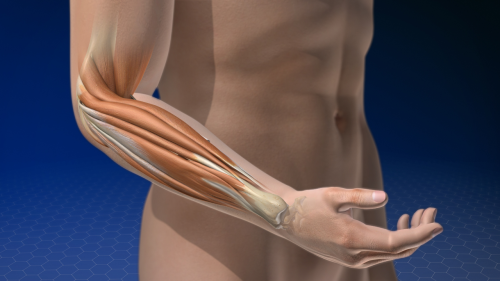
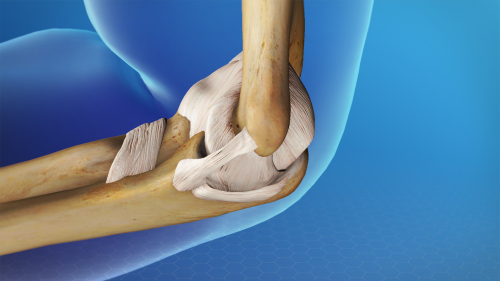
What keeps it all working smoothly? A team of ligaments, tendons, muscles, and nerves —each with a job to do. Here's the quick rundown:
- Ligaments keep the joint stable and aligned
- Tendons connect muscles to bones—like the biceps and triceps you count on for strength
- Nerves, including the ulnar nerve (yep, that's your "funny bone"), pass through tight spaces and control feeling and motion in your hand and fingers
Because the elbow is in near-constant use, it's vulnerable to overuse, inflammation, and injury—especially if you're active or spend long hours at a computer. At OrthoSouth, our team is here to help you move better, feel better, and live your life without elbow pain holding you back. Whether it's tennis elbow, a tendon tear, or something that just doesn't feel quite right, we've got you covered.
Common Elbow Conditions
At OrthoSouth, we understand that common orthopedic elbow conditions, such as tennis elbow, elbow fractures, and cubital tunnel syndrome, can significantly impact your daily activities. Our experienced and empathetic physicians are dedicated to providing patient-centered care, ensuring you receive a personalized treatment plan tailored to your needs. We offer advanced diagnostic tools and onsite rehabilitation services to facilitate a faster recovery. Don't let elbow pain delay your daily routine—schedule an appointment with us today to begin your journey to better health.
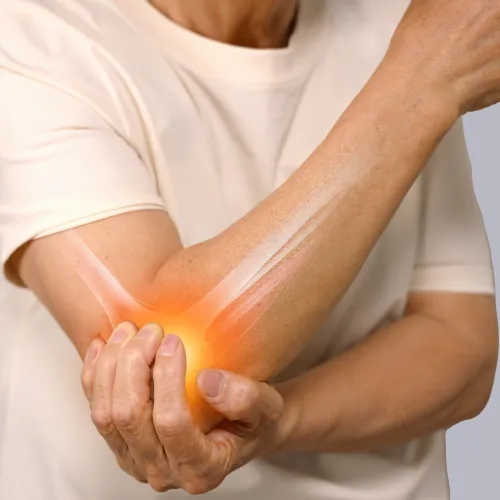
Lateral Epicondylitis
Lateral Epicondylitis
Pain on the outside of the elbow.
Lateral Epicondylitis
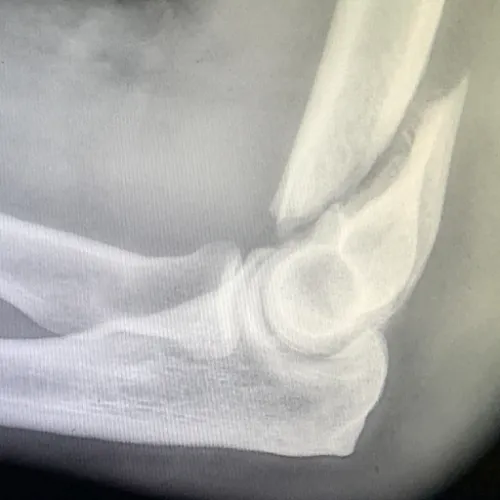
Elbow Fractures
Elbow Fractures
Fractures to the humerus, ulna or radius
Elbow Fractures
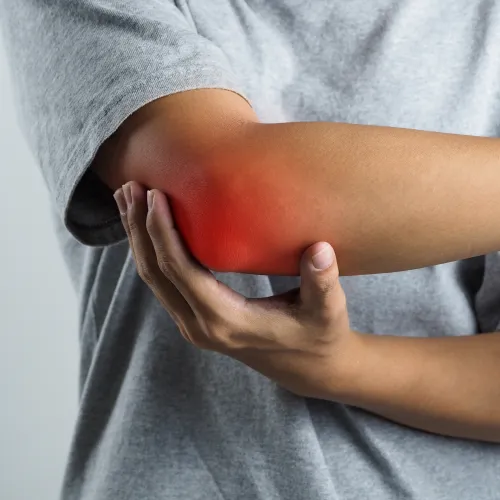
Nerve Injuries
Nerve Injuries
Numbness, weakness or tingling sensations in the lower part of the arm.
Nerve Injuries
